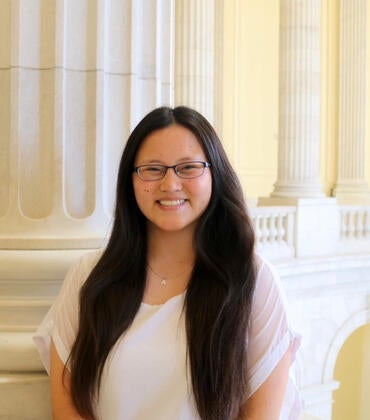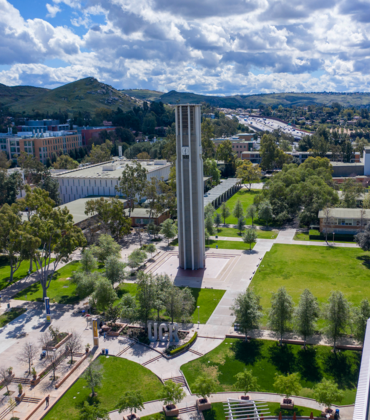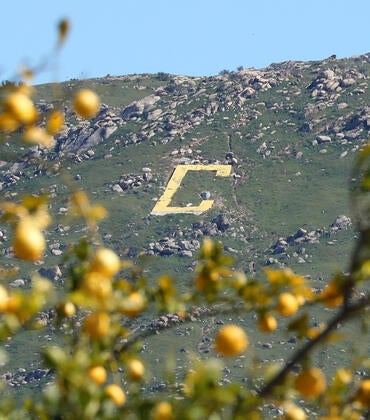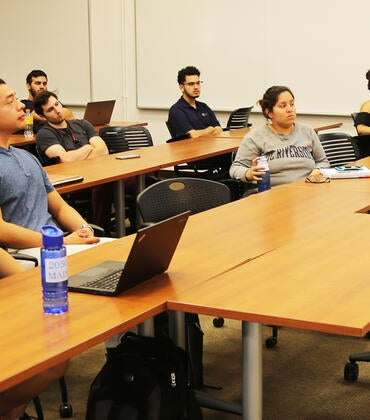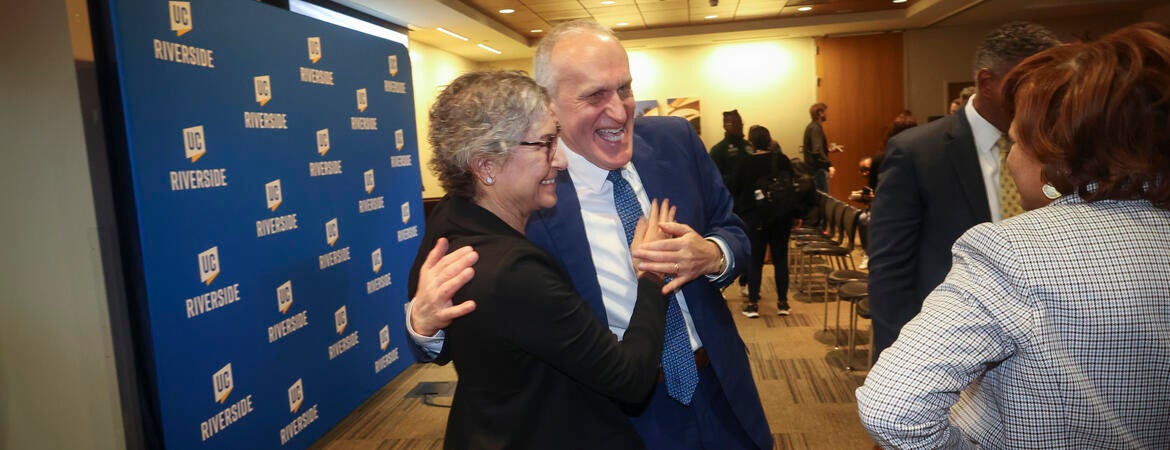
On June 1, it was made official: UC Riverside was invited to join the ranks of the prestigious American Association of Universities, or AAU, which now includes 71 universities. It includes private schools such as Harvard, Duke, and Stanford and public schools like Penn State, The Ohio State University, and UC Berkeley.
UCR’s attempt to join the AAU ranks began in earnest more than a dozen years ago, during meetings for what would become the forward-looking strategic plan named “UCR 2020: The Path to Preeminence.”
AAU membership as a goal was included at the behest of then-Provost Dallas Rabenstein, who chaired the plan’s Strategic Planning Committee.
“We set this as our benchmark because AAU membership is a valid measure of an academically excellent research university,” said Rabenstein, who stepped down as executive vice chancellor and provost following the 2013-14 school term and is an emeritus chemistry professor.
In a strategic plan passage titled “Excellence and the AAU,” the committee wrote: “The Association of American Universities (AAU) is one measure of academic excellence. UCR selected attaining the profile of an AAU institution as a guidepost for academic excellence because the organization – today comprising 63 leading public and private research universities in the U.S. and Canada – focuses on metrics of importance to research-intensive universities, including funding for research and creative activity, research policy issues, and graduate and undergraduate education.”
The circa-2010 aspiration of AAU membership was the subject of some debate on campus, including about whether the goal was even attainable. It was acknowledged UCR was short of AAU-caliber numbers for research funding, and student success measures such as graduation rates.
In 2013, present-day Chancellor Kim Wilcox came to UCR from AAU-member Michigan State University, and membership in the invitation-only AAU was top of mind.
“I had been at AAU universities since I was 18,” said Wilcox, who also served at AAU members University of Kansas and University of Missouri-Columbia, and attended AAU-member schools Michigan State and Purdue. “I understood the metrics, but I also understood how AAU universities operated; the culture of the place. UCR was still growing out of the small liberal-arts college model originally envisioned, and into the large university of more than 27,000 that it is today.”
“The whole place had to move ahead to make this work. Everyone doing everything better, more efficiently, more effectively.”
In the years since, UCR has charted its performance in the measures to which AAU assigns weight.
One of the key measures AAU considers is research expenditures – the amount of money a university spends on research. In 2013, UCR’s figure was about $132 million. Today, it’s just short of $200 million.
“We have been already very successful with funding, which is an important metric to be in AAU,” said Rodolfo Torres, UCR’s vice chancellor for Research and Economic Development, who – like Wilcox - worked at AAU-member campus University of Kansas. With AAU membership, he said, research dollars will continue to grow: “AAU is one of the most influential (advocacy) university groups at the federal level.”
In 2013, a UC Riverside Graduation Rate Taskforce was formed, producing 37 recommendations on how to improve graduation rates.
In the time since, six-year graduation rates have improved about 10 percentage points, to more than 76%. The four-year graduation rate has surged by almost 18 percentage points since the task force’s creation.
In other measures, UCR surpassed many AAU members in metrics AAU considers important. Those criteria are divided into the most important, or “Phase 1,” and the secondary factors, or “Phrase 2.”
A 2019 chart demonstrated that UCR outpaced many AAU members in Phase 1 indicators including research funding, faculty awards and honors, citations, and faculty membership in national academies. It also had better numbers than some AAU members for Phrase 2 indicators, including for doctoral and postdoctoral students, enrollment totals for undergraduates and graduate students, and undergraduate graduation rates.
Concurrently, UCR gained a reputation as the nation’s leader in social mobility, which considers the degree to which a university elevates its graduates into higher income brackets. For four consecutive years, since the creation of its social mobility metric, U.S. News & World Report has named UCR the No. 1 public university. UCR also won accolades for the success of its low-income students, including a No. 1 retention ranking from the Chronicle of Higher Education.
AAU's membership deliberations are not public. But June 1, UCR reached the finish line, with AAU declaring: “UCR’s research and graduate education profile has reached a point where it qualifies as one of America’s leading research universities.”
“We are at the top of the mountain,” Wilcox said. “And we should keep moving ahead, keep helping the nation understand what a great university should be. You can be about access and excellence; you can do both.”
Next week: What will AAU membership mean for UCR?
